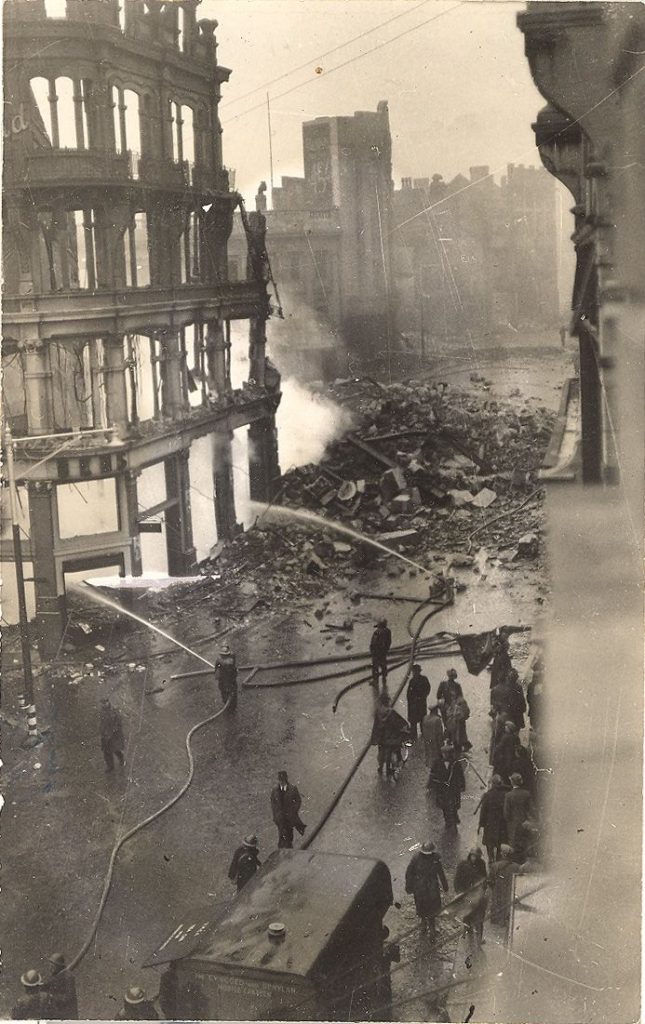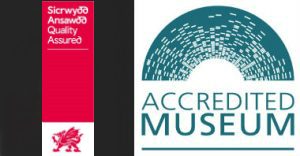Swansea Museum Collection

Photograph, black & white. Photograph of fire fighters using hoses to douse a fire caused by German incendiary bombs that fell on the Ben Evans store in Swansea during the 1941 Three Nights Blitz. View in photograph shows fire fighters subduing the blaze from Castle Square. The high buildings in the background are Burtons, David Evans, and Castle Cafe Kardomah which all were damaged by bombs and removed as the buildings were dangerous. There is a YMCA ‘tea cab’ visible on the bottom of the image, presumably this mobile canteen provided workers with sustenance.
Whilst a significant amount of members were serving in the armed forces during WW2, many older members and the Ladies Auxiliary of Swansea YMCA were serving on the home front. Money was being raised to support troops in the front line not with static huts as in WW1 but with mobile vans serving refreshments and offering reading material and stationary for letters home.
As the year 1939 progressed and war seemed more likely, the YMCA Wales National Council was busy setting up tents for recreation and refreshments in various training camps across Wales. Following the declaration of war in September, many commanding officers were requesting YMCA support and a further seventeen were established in the first few weeks following the declaration of war. A War Emergency Committee was established and all other standing committees suspended. By 1940 it was apparent that permanent buildings would be required to replace the temporary premises at an estimated average cost three to four thousand pounds each.
It was also clear that refreshments and accommodation would be required for travelling troops at the main railway stations and mobile canteens to cover more isolated units such as barrage balloon units and anti-aircraft batteries.
The mobile canteens would also be used to support towns under bomber attack. During the three night blitz on Swansea, the YMCA mobile canteens were supported by several others including one from Porthcawl and six from Cardiff which had arrived by 2.45 am in the morning.
The Air Raid Precaution Controller report to the Council on the Blitz – 19th March 1941 stated.
“The mobile canteens also come in, as I have told you to help…the organizer of the WVS got the kitchen in the Guildhall going from which a quantity of food was prepared and loaded into the mobile canteens for delivering food around the Borough, and the YMCA rendered similar service”.
In several photos of Swansea in the February blitz, you can see a YMCA canteen in the picture.
Swansea YMCA had several mobiles to serve troops on anti-barrage balloons, anti-aircraft batteries and military camps scattered around Swansea.
Swansea YMCA committee member Mr. D. L. Davies volunteered to oversee all the YMCA canteens in the Swansea area, this would include those provided by Swansea and though the national umbrella body. Mr Davies owned a clothes shop on Gower St (now the Kingsway) which was destroyed in the Blitz.
In Swansea, as well as the mobile canteens, there were canteens and recreational facilities at Fairwood, Crymlyn Burrows, High St Station and Mumbles and canteen and accommodation at the main building, the armed forces club on Alexandria Road and Officers Club on Gore Terrace. Most of the running and activity was undertaken by the Ladies Auxiliary, who also provided other services including meeting every train arriving with wounded soldiers at Swansea and issuing each with a parcel.
Fundraising was also required for facilities and mobile canteens at the various fronts. Swansea contributed the second highest total in Wales, a sum of £5,000. The majority of the work was being undertaken by the Ladies Auxiliary
On June 3rd 1940, L S Jenkins give a report of last week’s work when a number of refugees were given refreshments and then late one night a train load of British Expeditionary Forces men came in tired and weary straight from Dunkirk. The next meeting it was reported that between 16th to the 22nd June, 1,778 cups of tea were served. The record day was 13th June, 462 cups of tea served. Arrangements had also been made in the Ebenezer Schoolroom which now had eight beds for troops stranded on late trains.
At the AGM of the ladies Auxilary for 1940, Miss Dillwyn Llewelyn the president stated,
“Since our last annual meeting, the scope of the Ladies auxiliary has been greatly extended doing canteen work and these efforts have been the means of increasing our membership considerably, thanks to the many ladies who have come forward to give their services unstintingly to the work of the YMCA in this capacity. It may interest some of you to know that we have the honour of being the oldest YMCA ladies auxiliary in the country and happily we have several members who did similar war work 25 years ago who are still active today”
The report of the Chair later outlined the canteen work and then goes onto state;
“At the beginning of September, you all know what happened at the station, our canteen was closed for 12 days but we do not forget those ladies who were on duty on the night of 1st September and who endured the hardships of that raid and the ladies who turned up for duty at 7.30am the following morning”.
The chair of the ladies auxiliary was in fact being typically understated for the time. September 1st 1940 was the first major raid on Swansea and High St Station was hit.
The women on duty that night were lucky not to be killed or seriously injured.

